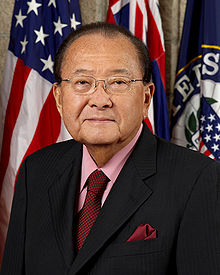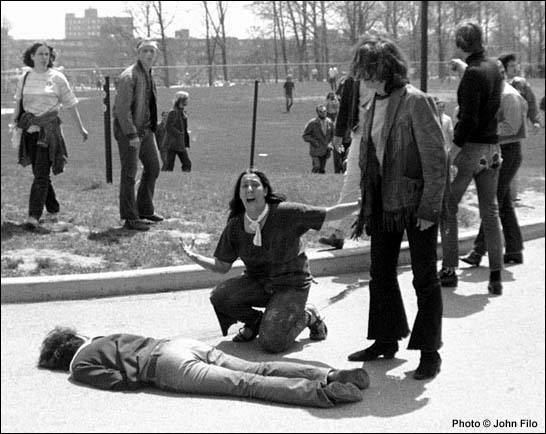 |
One of the most famous women in battle, Joan of Arc, who led her troops to victory over the British during the Hundred Years War in early 15th century France
|
Out-going Defense Secretary Leon Panetta announced on January 24 that the military will lift its ban on women serving in combat roles which will open about 230,000 posts, including those on the front lines. This issue was discussed in our last class "Presidential War Making Powers" and no one should be surprised to see it coming including what the impact will be on the Selective Service draft down the road.
An excellent balanced view of this decision can be found in this column by Professor Walter Williams in the Washington Examinar and our own local Herald Star entitled Some Questions About Women in Combat.
And today another blow to military morale was stuck to further advance this administration's quite clear agenda to destroy our military services. Departing Secretary of Defense Leon Panetta extended a list of benefits — all previously denied by the Pentagon — to the same-sex spouses of service members as well as to the unmarried partners of gay troops. The perks, automatically available to heterosexual military spouses, will include child care services, member-designated hospital visits, and the issuing of military ID cards, which will give same-sex spouses and partners access to on-base commissaries, movie theaters and gyms. The policy changes will go into effect once training on the new rules is completed, Panetta said. However, the federal Defense of Marriage Act (DOMA) still blocks the DOD from enacting more than 85 other benefits now provided to heterosexual military spouses and their children — most notably medical and dental care, housing allowances, and death benefits.
Continue to pray for our military and their leaders as they are clearly under attack.
An excellent balanced view of this decision can be found in this column by Professor Walter Williams in the Washington Examinar and our own local Herald Star entitled Some Questions About Women in Combat.
And today another blow to military morale was stuck to further advance this administration's quite clear agenda to destroy our military services. Departing Secretary of Defense Leon Panetta extended a list of benefits — all previously denied by the Pentagon — to the same-sex spouses of service members as well as to the unmarried partners of gay troops. The perks, automatically available to heterosexual military spouses, will include child care services, member-designated hospital visits, and the issuing of military ID cards, which will give same-sex spouses and partners access to on-base commissaries, movie theaters and gyms. The policy changes will go into effect once training on the new rules is completed, Panetta said. However, the federal Defense of Marriage Act (DOMA) still blocks the DOD from enacting more than 85 other benefits now provided to heterosexual military spouses and their children — most notably medical and dental care, housing allowances, and death benefits.
Continue to pray for our military and their leaders as they are clearly under attack.








